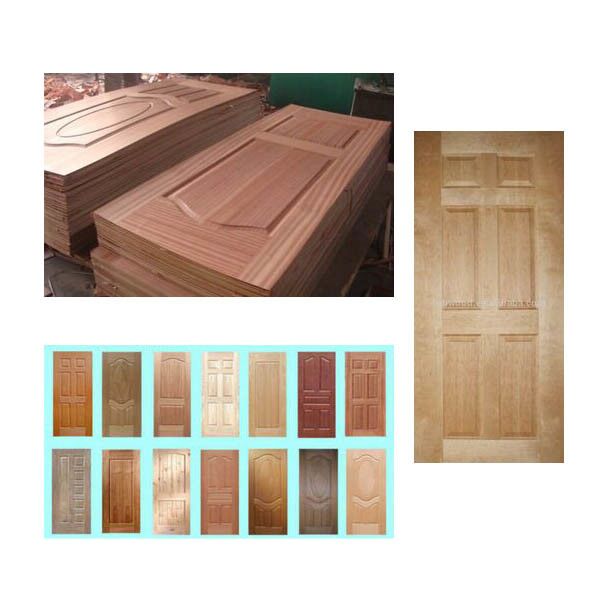 |
Perovskite absorption of visible light is very good, but its perfect single crystal structure has never been thoroughly studied. According to a recent issue of the journal Science, Canadian engineers have used new technology to grow large quantities of pure perovskite crystals, thus laying the foundation for the development of cheaper, more efficient solar cells and light-emitting diodes.
A team led by Ted Sargent, a distinguished professor in the Department of Electronics and Computer Science at the University of Toronto, used laser-based combination technology to measure the selected properties of perovskite crystals. By tracking the rapid movement of electrons in the material, the researchers determined the diffusion distance and mobility of the electrons. Diffusion distance refers to how far electrons can run without being trapped in material defects. Fluidity refers to how fast electrons can run in materials.
The researchers said that this work has determined the ultimate ability of perovskite materials to capture solar energy, thus adding a new member to the race for the new record of photoelectric conversion. In recent years, the confirmed photoelectric conversion efficiency of perovskite materials has soared to slightly over 20%, and it has begun to approach the performance of today's commercial-grade silicon-based solar panels. Given its ease of manufacture from liquid chemical precursors, perovskite materials have great potential to further reduce solar power costs.
The study is expected to have a significant impact on green energy, and even create new light sources. The solar panel made of perovskite crystals is considered as a strange glass slab: the light is irradiated to the surface of the crystal and absorbed, and then the electrons in the material are excited. The electrons will easily pass through the crystal to reach the electronic contact surface at the lower side of the crystal. . In the reverse order, electrons are injected into the slab to release light energy. This high-efficiency electro-optic conversion device means a perovskite material or a new field that can open up an energy-efficient light-emitting diode.
At the same time, another focus of the Sargent team is to improve the performance of nano-engineered solar-absorbing particles, colloidal quantum dots. Sargent said that perovskite materials are longer than visible light, and quantum dots are superior to infrared light. These materials have strong complementarity in capturing full-spectrum solar energy, combining complementary light-harvesting materials, or Earth improves photoelectric performance. (Reporter Feng Weidong)
Door skin is one of main products of Luli Group Co., Ltd(Mainland).Our high quality Door Skin is adopting HDF as basic material, surface laminated Natural Veneer, melamine paper or pvc. during vacuum molding machine, the high temperature and pressure, with one or two forming technology to produce.
Advantages of Door Skin:
• Eco-environmental
• More beautiful
• More convenient
• No cracking, no deformation
Usage of Door Skin:
Luli Group Co., Ltd adopting"Prodcution line, Ecological development", has been selected and favored by more and more customers. It is mostly used as the main material of door of Kitchen, Washing Room, Baching room etc.
Kinds of Door Skin:
• One forming Door Skin
• Two forming Door Skin
• Natural Veneer Door Skin
• Melamine Door Skin
• PVC Door Skin
Details of Door Skin:
Size: 660/720/820/920/1020/1050x2150
Thickness: 2.8MM, 3MM, 4.2MM
Material: HDF

Door skin
Door Skin,Veneer Door Skin,Wood Door Skin,Door Panel Skins
Luli Group Co.,Ltd. , https://www.plywoods.nl